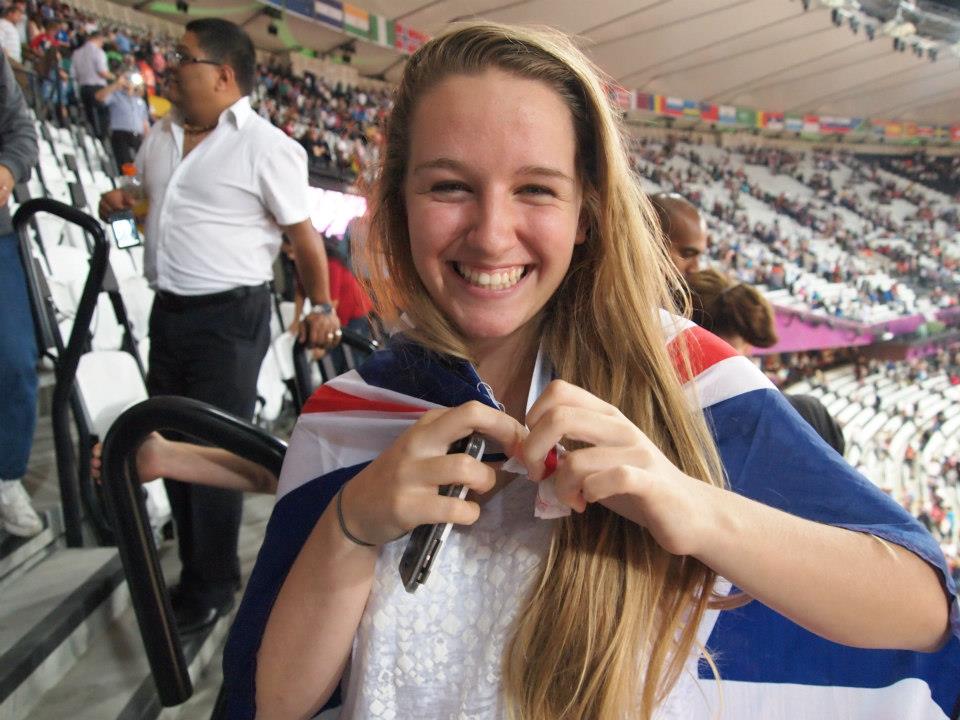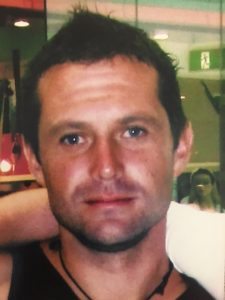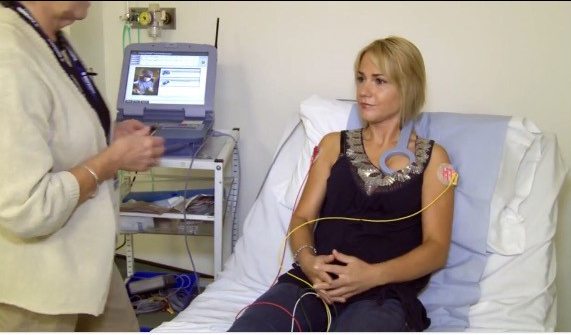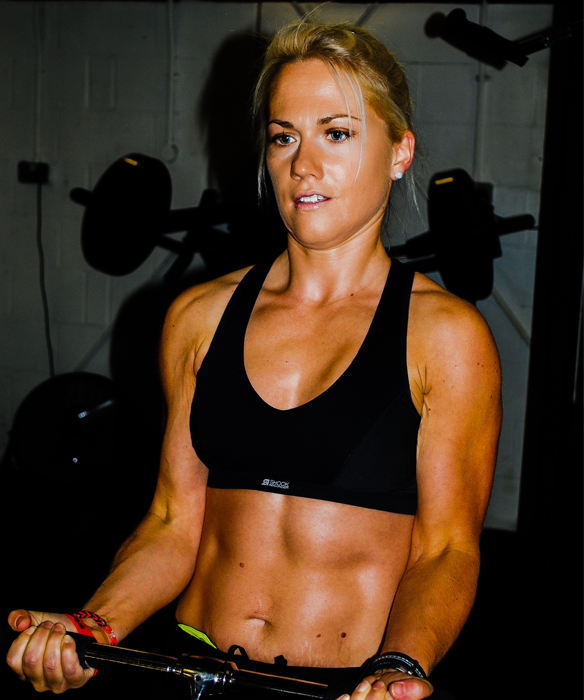Why are young, healthy, often athletes, dying suddenly because the heart has stopped? During Cardiac Risk in the Young (CRY) Awareness Week, Vanessa Chalmers investigates how it can be prevented…
Its 7am on Monday morning and I can hear my mother sobbing in the hallway. I knew immediately something was wrong. I came out to find her crying on my sister’s shoulder. ‘What’s wrong?’ I asked. ‘Arabella has died’, she blurted. At that moment, I thought my mum had somehow made a mistake. I’d seen Arabella writing her witty tweets the evening before, about how boring her GCSE revision was. ‘No she hasn’t’, I said simply.
But there was no mistake. My childhood friend, beautiful, bright, and absolutely hilarious, had been found by her mother, Clare, on the Sunday evening. After spending a day with the rest of the family, Arabella, 16, told her mum that she was going up to her room and that she loved her. Not long after, Clare went to say goodnight, and found Arabella slumped on her bed, surrounded by her revision notes. Thinking she was asleep, Clare tried to shake her, but as Arabella rolled over, she knew instantly she wasn’t just asleep. She attempted CPR until the ambulance came. They continued to work on her at the house and at the hospital for some time. Clare, a single mother, was told there was no electric impulses in her heart, but they wanted to continue working because she was so young.

In the early hours of Monday, May 13 2013, Arabella was pronounced dead the morning her GSCEs were to start. Despite the coroner not finding any degradation in her heart, because it was too young to show any, the death was put down to a cardiac arrest. A cardiac arrest is when the heart wholly stops beating, as opposed to a heart attack when the blood supply to the heart stops.
The first sign she had a heart problem was her death.
As with all bereavement, you keep questioning- why? I have lost before, but this hurt so much more. Why had a healthy, happy, young girl died, for what felt like no reason at all? The first sign she had a heart problem was her death.
The families of 12 other victims of Young Sudden Cardiac Death (YSCD) a week in the UK are left questioning why and how such a thing could happen. The statistic – 600 people a year – comes from the charity CRY (Cardiac Risk in the Young), who believe the size of the issue is not recognised.
‘Different sources, including The National Screening Committee and the UK Statistics Authority, claim there are only 30-40 cardiac deaths every year’, says CRY Chief Executive Dr Steve Cox. ‘We know at least 200 of the 600 deaths a year are SAD deaths (also called sudden arrhythmic death syndrome, or sudden adult death syndrome) where there is an electrical problem in the heart, and once you’ve died, you can’t identify the problem anymore’.
the vast majority of deaths happen during rest or sleep, so there are unreported stats in the media
Dr Cox puts the underestimation of the number of young cardiac deaths down to two things: ‘the first is because at the point a pathologist determines there was no foul play in a death, they can leave the cause as unascertained. Then these deaths go into the wrong classification, but we find a lot of them are cardiac. The second is that the research that informs the policies is based on media reports. When an athlete dies during competition, people see it and it is reported in the newspapers. But the vast majority of deaths happen during rest or sleep, so there are unreported stats in the media’.
When 23-year-old Bolton footballer Fabrice Muamba collapsed during an FA Cup tie game against Tottenham Hostpur in 2012, the millions of football fans across the world didn’t expect medical staff to begin CPR. His heart stopped beating for 78 minutes, and his life changed forever. He had to retire later that year, after being diagnosed with an inherited structural heart condition Arrhythmogenic Right Ventricular Cardiomyopathy (ARVC). Other sports players reported on were Marc-Vivien Foe, a Cameroon footballer who died during an international match in 2003, Wales rugby league player Danny Jones, 29, died during a game in 2015, and 24-year-old non-league footballer Daniel Wilkinson. Stories like these shock us because these people were in peak physical condition.
Fabrice Muamba collapses during a football match. Source: Victorrt YouTube.
‘If you have an underlying cardiac problem, you are three to four times more likely to suffer a cardiac event, because you are pushing your body to the limit’, says Dr Cox. For this reason, it is mandatory for anyone considering a professional sport career to have heart checks at the age of 16, and then regular check-ups throughout their career. Often is the case that sports players must give up their dreams of a professional career before it has begun. The Football Association carries out 1,400 screenings a year, and pilots and military must also go through checks.
However, no test is perfect and not all conditions show up; Muamba was reportedly screened four times during his career before the incident. ‘No test is perfect’, says Dr Cox. ‘The number of tests you do will make it more comprehensive, but more expensive. In America they use the PPQ, a questionnaire, where they just look at your symptoms and family history, and from that decide if they will do further tests. In Europe we do the addition of an electrocardiogram (ECG) which is a test that shows the hearts electrical activity by attaching several electrodes to the body. This has shown to be more cost effective. But if you have a lot of funds available, for example the professional football or tennis teams, there will be an addition of an ultrasound’. With further tests, less life threatening conditions would be picked up too, such as those which can be monitored to avoid problems in the 4th decade of life, for example valve problems.
How can it be prevented?
But of course, it’s not just pro-sportsmen who are suddenly dying for mysterious reasons, and the majority of deaths are in young people who would not have considered themselves athletes. Many young sudden cardiac deaths could have been prevented with the use of three things, according to CRY.
The first is an ECG screening, which CRY recommends all young people are offered the opportunity to have an ECG from the age of 14 (you can book them for free here). One in 100 people will have a condition which isn’t immediately life threatening, but can cause problems in the fourth decade of life or onwards if not identified, one in 300 people will have a potentially life threatening cardiac problem, and more than one in 700 people will have Wolff Parkinson White Syndrome, a common and serious condition that causes the heart to beat abnormally fast for periods of time.
Noticing unusual breathlessness during an activity is also a sign
The second is warning signs of an impending cardiac event. 20 per cent of people who died of YSCD experienced symptoms. The red flags are exercise related chest pain, breathlessness, and exercised related passing out, called cardiac fainting. Dr Cox says ‘if you are dizzy before you faint, and can protect yourself with your hands as you fall, that’s normally something else such as hunger or heat. But if you’re just walking along or talking to someone and you just pass out the next minute, and you have a gash across your head because you haven’t protected yourself, that can be very serious red flag’. Noticing unusual breathlessness during an activity is also a sign, as well being unduly dizzy. ‘The problem with these symptoms is they are quite arbitrary and we all experience them at different times’, says Dr Cox, ‘which is why sometimes the best thing is to have an ECG and understand these problems’.

suddenly dying from a suspected
cardiac arrest
The third prevention of YSCD relies on the warnings from family history. Paula Beck, 36, a personal trainer and fitness instructor, found out she, her parents, and sister had Brugada Syndrome after the death of her brother, Craig. Brugada syndrome is a condition that causes a disruption of the heart’s normal rhythm. Specifically, this disorder can lead to uncoordinated electrical activity in the heart’s lower chambers (ventricles), an abnormality called ventricular arrhythmia. Aged 31, fit, healthy, and a father of two in Australia, the doctors didn’t know why Craig had died. But after an ECG test on the rest of the family found no problems, further tests were done at St George’s hospital to reveal answers.
A family member having the same heart condition as a relative who died of cardiac arrest happens in 50 per cent of cases. ‘It was a devastating thing for all our family, let alone losing Craig, and then finding that you’ve got a hereditary heart condition’, says Paula, who then had an ICD fitted, a device placed in the chest to help an irregular heartbeat that is fitted through surgery. ‘I’ve got two children myself, and I worry if they have it and what implications that will have on their life. I don’t think I’ll have any more children because of it’.

‘They wanted to fit me with an ICD as a precaution because I did a lot of exercise. I got told I had to considerably reduce my exercise and stop certain fitness classes so it was all doom and gloom. When I started exercising again I was scared the ICD would go off when my heart rate reached its peak level, which is a really high level. When it goes off it shocks your entire body to restart the heart. I know how painful it is because when I had it fitted, the sedation didn’t work and they tested the box. I was wide awake throughout the surgery; it was like a nightmare. The surgeon was trying to keep me calm whilst I could feel his hands inside my open chest. Then they tested the box without telling me and I shot off the bed’.

Previously working in the motor trade, Paula changed her career to focus on fitness and cardiac rehab, helping clients who have had cardiac arrests or heart attacks get back into exercise. ‘My brother told me to always be fit and healthy, so I made a change in my career’, says Paula. ‘I wanted to help people in similar situations to be more positive in life when they are diagnosed. There is limited amount of knowledge at gyms, leisure centres, insurance companies, everything. I once met a professional 16-year-old gymnast who had been told to ease of exercise completely after her diagnosis. Two years later she had put on tons of weight and was on anti-depressants. It’s such a shame.
‘I was talking to some consultants asking what knowledge people in the NHS have to say people can’t exercise after a diagnosis. We did a medical research study to see if there have been any studies done in the UK and there hasn’t been. So with St Georges, we’ve got funding to go ahead with a research study next year to help youngsters with heart conditions back into exercise after being diagnosed’.
CRY are also calling for the government to establish a national strategy for the prevention of young sudden cardiac death, with the official announcement of a campaign at their annual parliamentary reception on November 23 (tonight). It asks for MPs to support a pledge to synchronise UK policies, ensuring there is consistent information about the risks of cardiac death going to medical practitioners, and the public.
CRY Awareness Week is from 19-27th of November. For more information visit their website.
Book a screening for 14-35 year olds here.
Like this article? Sign up to our newsletter to get more articles like this delivered straight to your inbox.





















































